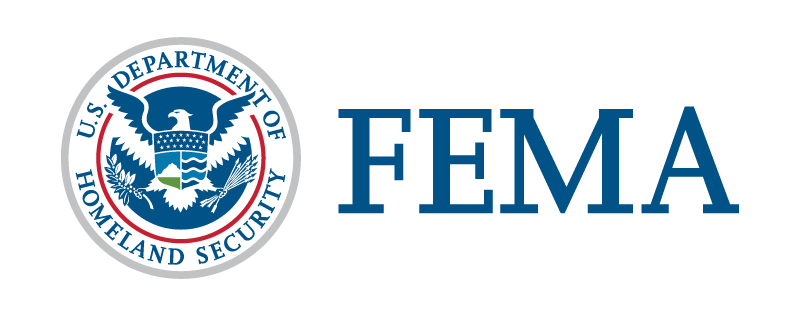The Community Emergency Response Team (CERT) program educates volunteers on disaster preparedness for hazards that may arise where they live.
CERT trains volunteers in basic disaster response skills, such as:
- fire safety
- Light search and rescue
- Team organization
- Disaster Medical Operations
Login
Find a local program, register your group and stay connected on the CERT website.
The CERT program provides a consistent, national approach to volunteer training and organization that professional responders can rely on during disaster situations, allowing them to focus on more complex tasks.
CERT in action
The video below offers a detailed look at the experience of a community emergency response team. Or check out the 30 second preview for a short clip to share with your community.
CERT Basic Training
CERT Basic Training includes research-validated guidance for CERT programs to teach members what to do before, during, and after hazards their communities may face.
The training material includes:
- Instructor guides
- Participant manuals
- Hazard slides
Independent study
Whether you’ve already enrolled in the CERT program or want to learn more before enrolling, these interactive web-based courses from the Institute of Emergency Management (EMI) are free and available to everyone.
leadership training
CERT members in leadership positions are encouraged to take the CERT Train-the-Trainer and Program Manager courses. Visit the Emergency Management Institute (EMI) to learn more and register.
Drills and drills
Exercises are excellent opportunities for CERT programs to practice, evaluate and improve emergency response plans and field operations while engaging their volunteers and refreshing the concepts and skills learned during CERT training.
These exercises were developed in accordance with national guidelines and principles set forth by the Homeland Security Exercise and Evaluation Program. It is important for CERT programs to adapt their exercises to reflect realistic events that may impact their community in order to practice the skills they most need to test or practice.
The CERT Liability Guide is offered for general informational purposes only and is intended to educate CERT program managers, volunteers, sponsoring agencies, and legal advisors about liability and risk management.
Custom CERT programs
In addition to the main CERT curriculum, CERT offers customized programs for teens, as well as specific workplace and campus situations.
A Teen CERT can support a school’s emergency operations plan and assist emergency services personnel, providing valuable surge capacity to local first responders should the need arise.
A Campus CERT program can support and enhance existing capacities, and CERT volunteers can participate in efforts to increase community preparedness and resilience on campus.
A Workplace CERT program can support and enhance existing capabilities, and CERT volunteers can participate in efforts to increase workplace and community readiness and resilience.
History of CERT
The CERT concept was developed and implemented by the City of Los Angeles Fire Department in 1985. The 1987 Whittier Narrows earthquake highlighted the region-wide threat of a major disaster in California. Furthermore, he confirmed the need to train civilians to meet their immediate needs.
CERT became a national program in 1993. There are now CERT programs in all 50 states, including many tribal nations and US territories. Each is unique to their community and all are essential to building a culture of preparedness in the United States. There are over 2,700 local CERT programs nationwide and over 600,000 people have been trained since CERT became a national program.

